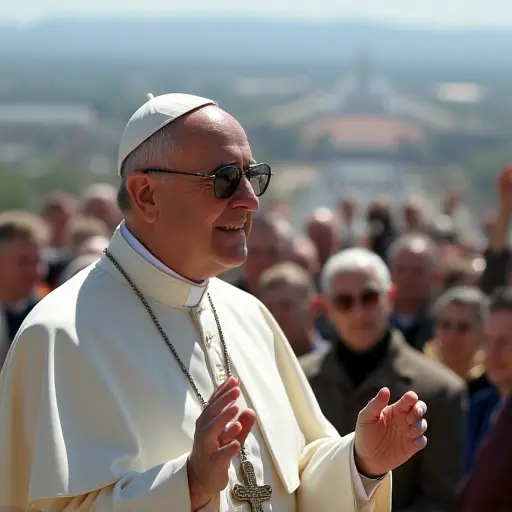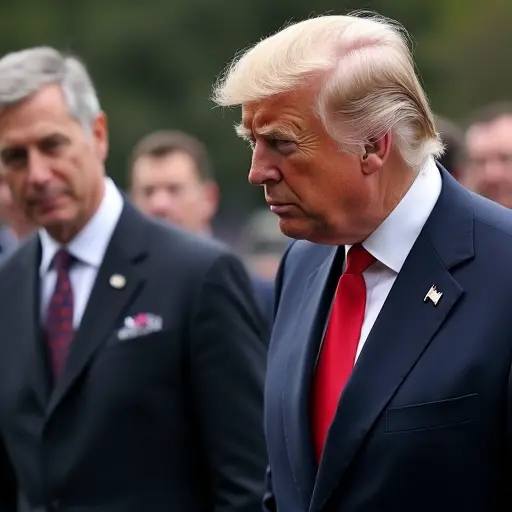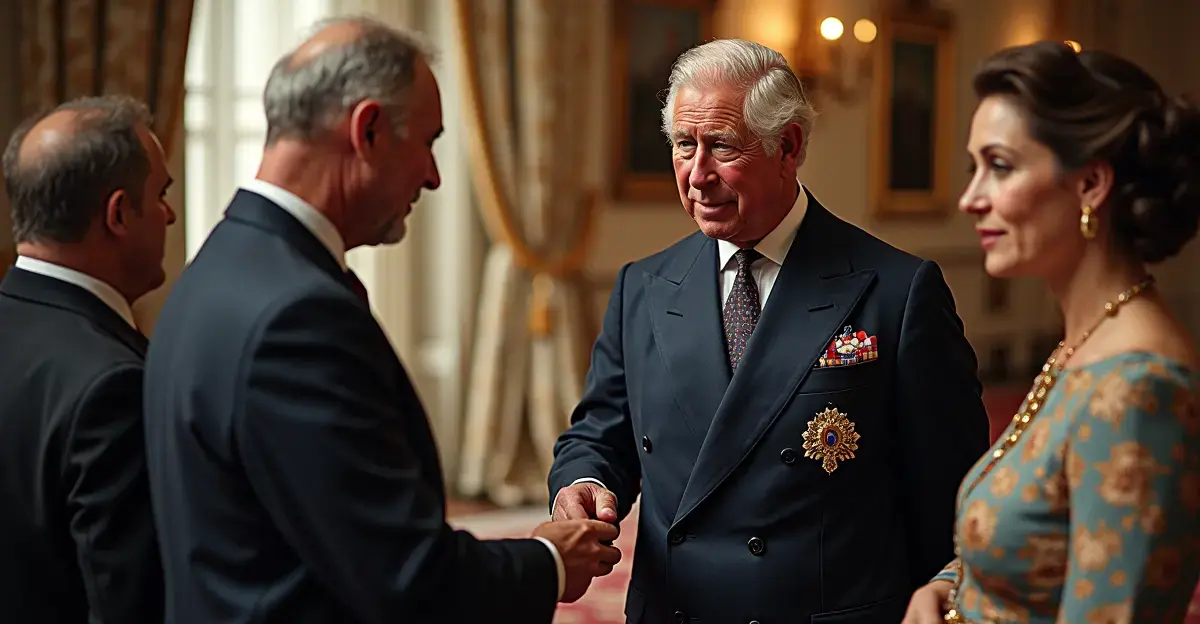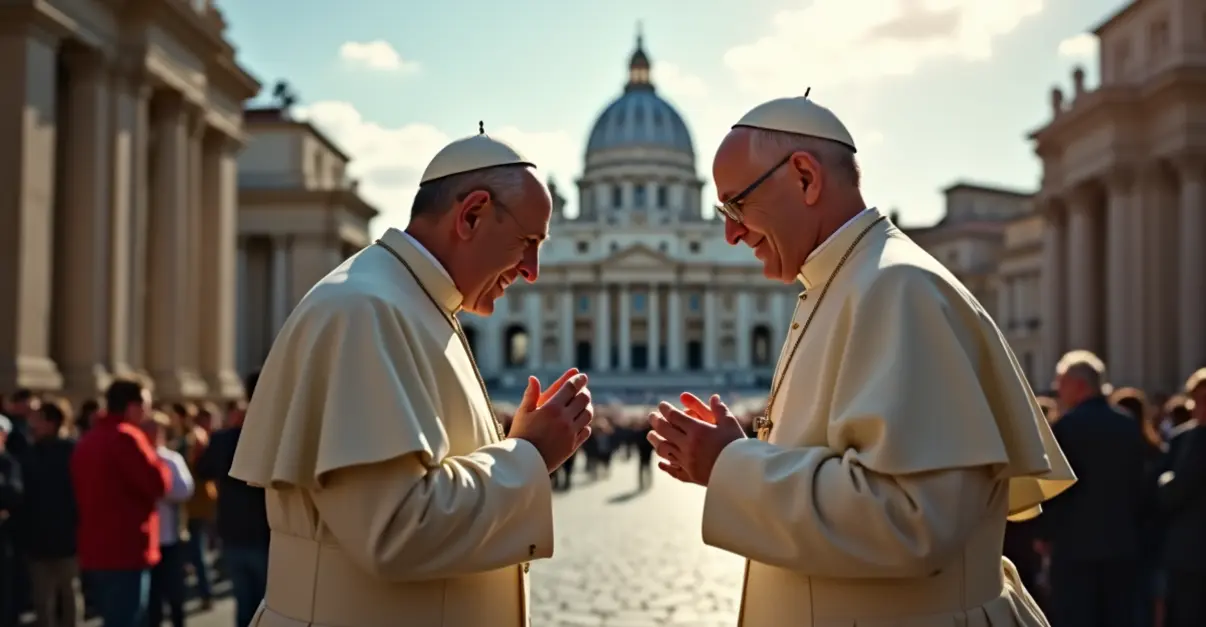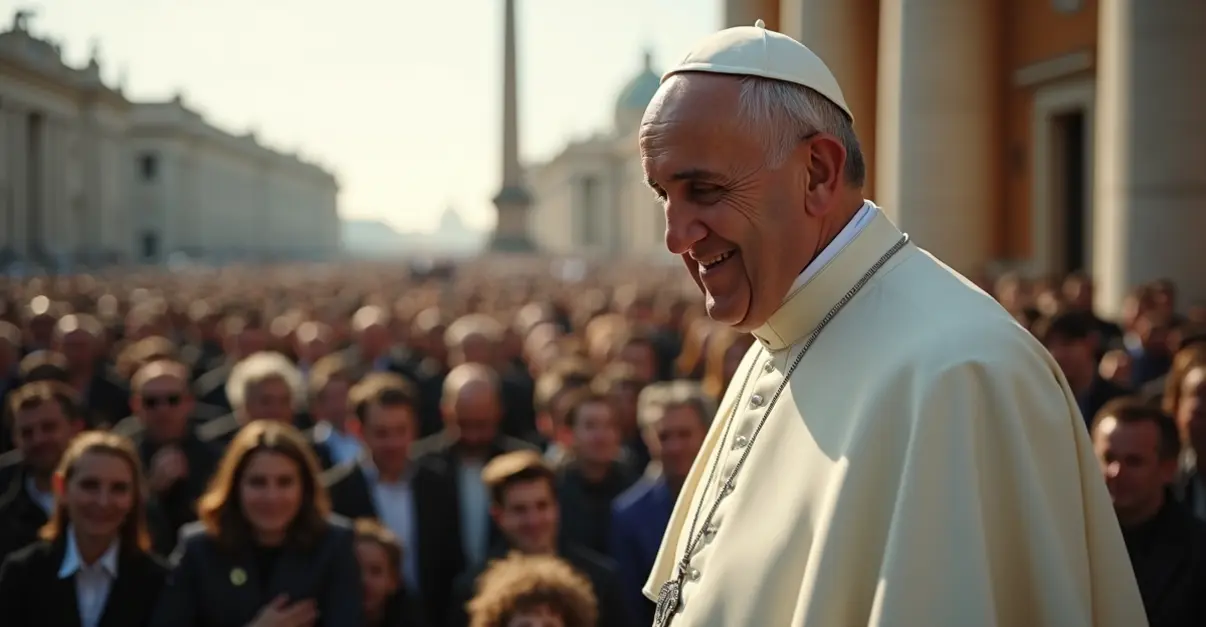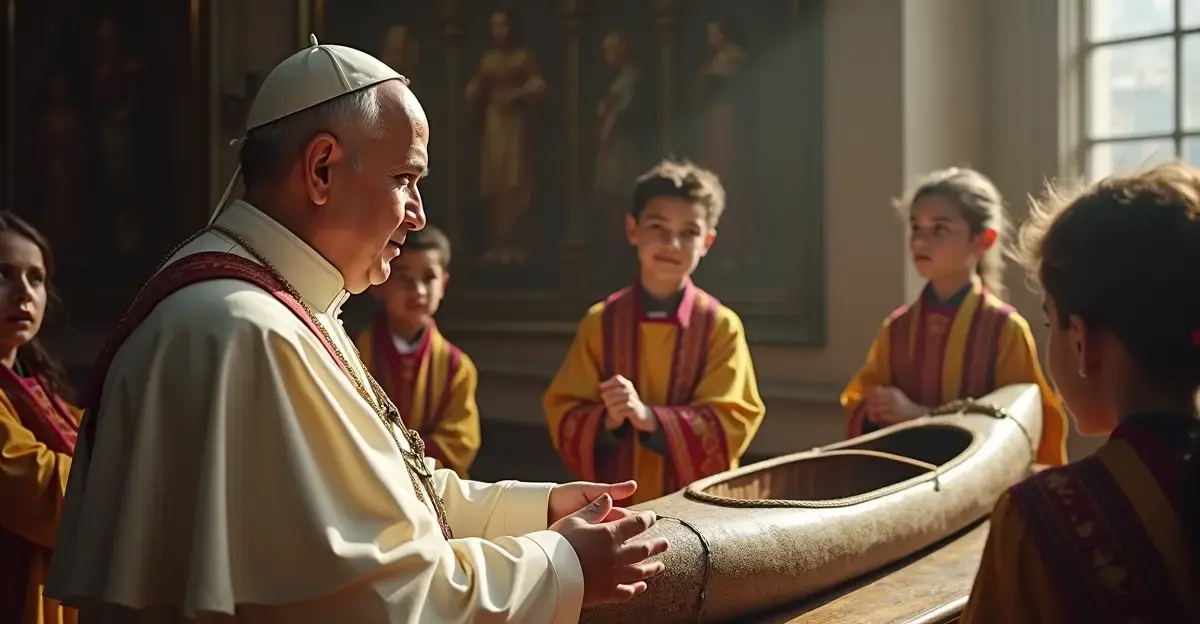King Charles III and Pope Leo XIV held historic joint prayers in the Sistine Chapel, marking the first time a British monarch has prayed with a pope since the 16th century Reformation.
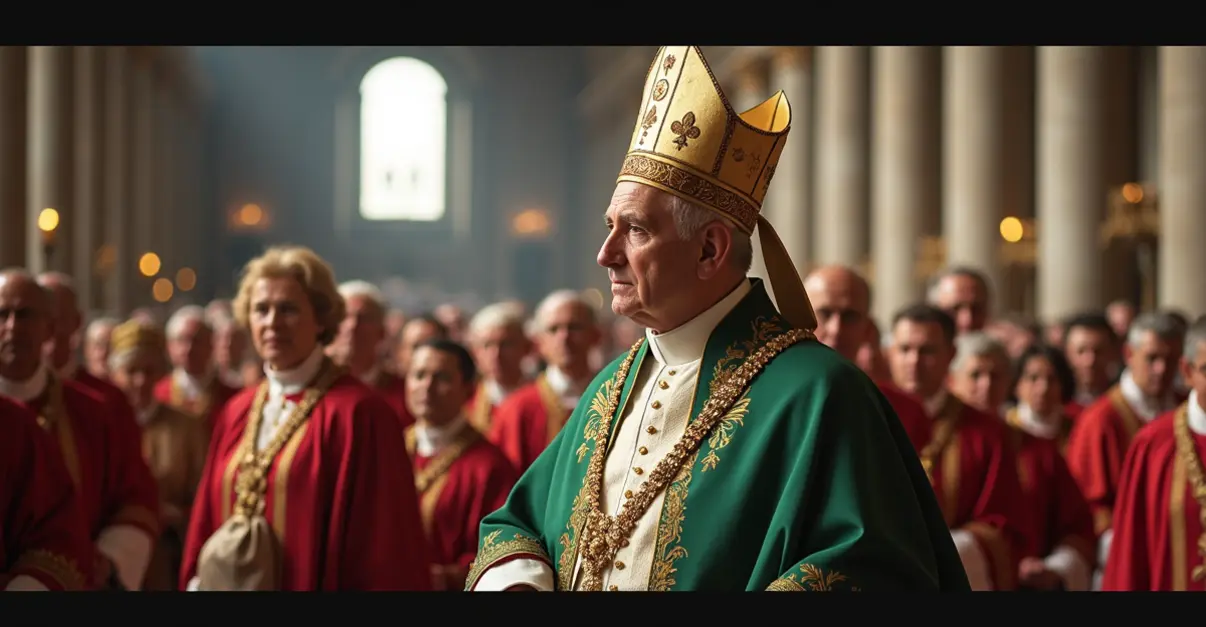
Historic Reconciliation After 500 Years
In a moment of profound religious significance, King Charles III and Pope Leo XIV shared a joint prayer in the Sistine Chapel on October 23, 2025, marking the first time a reigning British monarch has prayed with a pope since the English Reformation of the 16th century. This historic encounter represents a major step in the reconciliation between the Anglican and Catholic churches, separated for nearly 500 years since King Henry VIII broke with Rome in 1534.
The Weight of History
The meeting carries enormous symbolic weight, considering the violent religious conflicts that followed the English Reformation. 'To understand how historic this is, you have to go back more than five centuries,' explains UK correspondent Fleur Launspach. 'Henry VIII's break with Rome led to the closure of monasteries, decades of religious tensions, uprisings and murders.' The schism began when Pope Clement VII refused to annul Henry's marriage to Catherine of Aragon, prompting the king to declare himself head of the new Church of England.
A Carefully Planned Encounter
The two-day state visit, originally scheduled for April but postponed due to Pope Francis's health issues, was deliberately timed to coincide with the Holy Year 2025. This follows the precedent set by Charles's mother, Queen Elizabeth II, who visited Pope John Paul II during the Holy Year 2000. The current visit includes not only the customary meeting between heads of state but also significant spiritual moments, including the ecumenical prayer service focused on 'care for creation' - a shared concern for environmental protection between the monarch and pontiff.
Spiritual Significance
Following the joint prayer, King Charles visited the Basilica of Saint Paul Outside the Walls, a church with traditional ties to the English monarchy, particularly in the centuries preceding the Reformation. There, he will likely enter through the Holy Door and take a seat on a specially designed throne created for him and his successors. In a significant gesture, Charles was granted the title 'royal confrater' (royal brother) of the abbey, following the style of other Catholic monarchs with special relationships to Roman churches.
Charles's Religious Philosophy
The visit aligns with King Charles's broader approach to faith and interreligious dialogue. 'It fits well within King Charles's philosophy to connect different faiths and traditions,' notes correspondent Launspach. 'We saw this at his coronation: for the first time, he invited representatives of other faiths, such as an imam and a rabbi, to participate in the ceremonies.' While his mother Elizabeth was explicit in her Christian faith, Charles describes himself more as a 'spiritual seeker' who intellectually reflects on faith and religions.
As British monarch, Charles holds the title Defender of the Faith, an official reference to his role as head of the Anglican Church. However, he has indicated that he sees himself rather as Defender of Faith - without the definite article - wanting to be someone who safeguards all faith traditions. This approach reflects Britain's changing religious landscape, where only 46% now identify as Christian in England and Wales, compared to 80% during Queen Elizabeth's 1953 coronation.
Ecumenical Progress
The Vatican and British media agree that Charles's state visit to Pope Leo XIV can rightly be called historic. The rapprochement between the Anglican and Catholic churches was initiated in the 1960s by Pope Paul VI and the then-Archbishop of Canterbury. Now it culminates in this symbol-laden meeting between the head of the Church of Rome and the supreme governor of the Church of England.
While a full reunion of the two churches is not expected, this visit represents significant religious rapprochement between the British monarchy and the Vatican. The Anglican Church has grown into the state church of England but also spread to more than 165 countries through colonization and the influence of the British Empire, now counting over 80 million believers worldwide.
This historic meeting in the Sistine Chapel, where American Cardinal Robert Francis Prevost was elected pope on May 8, 2025, marks a new chapter in Christian unity and interfaith dialogue, demonstrating that ancient divisions can be overcome through shared prayer and mutual respect.

 Nederlands
Nederlands
 English
English
 Deutsch
Deutsch
 Français
Français
 Español
Español
 Português
Português




